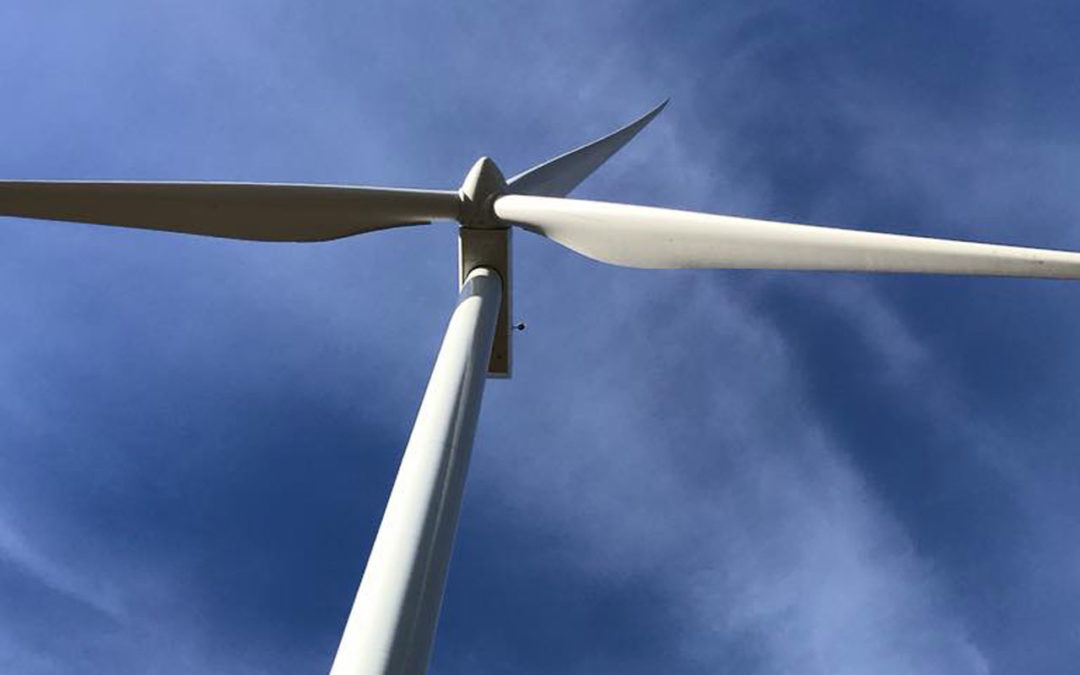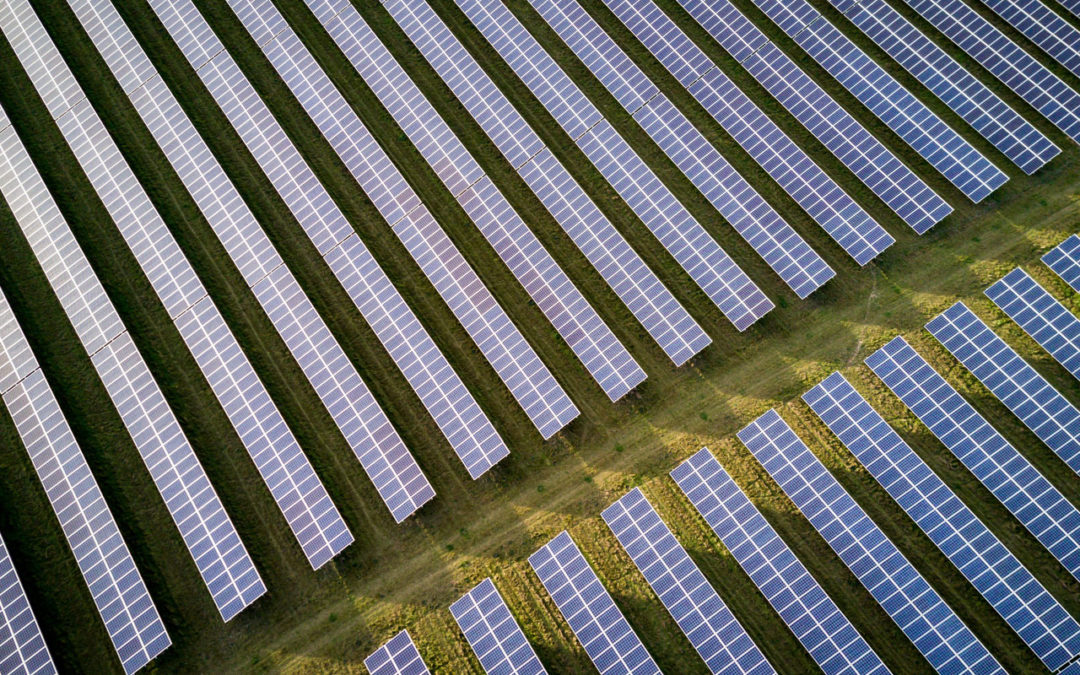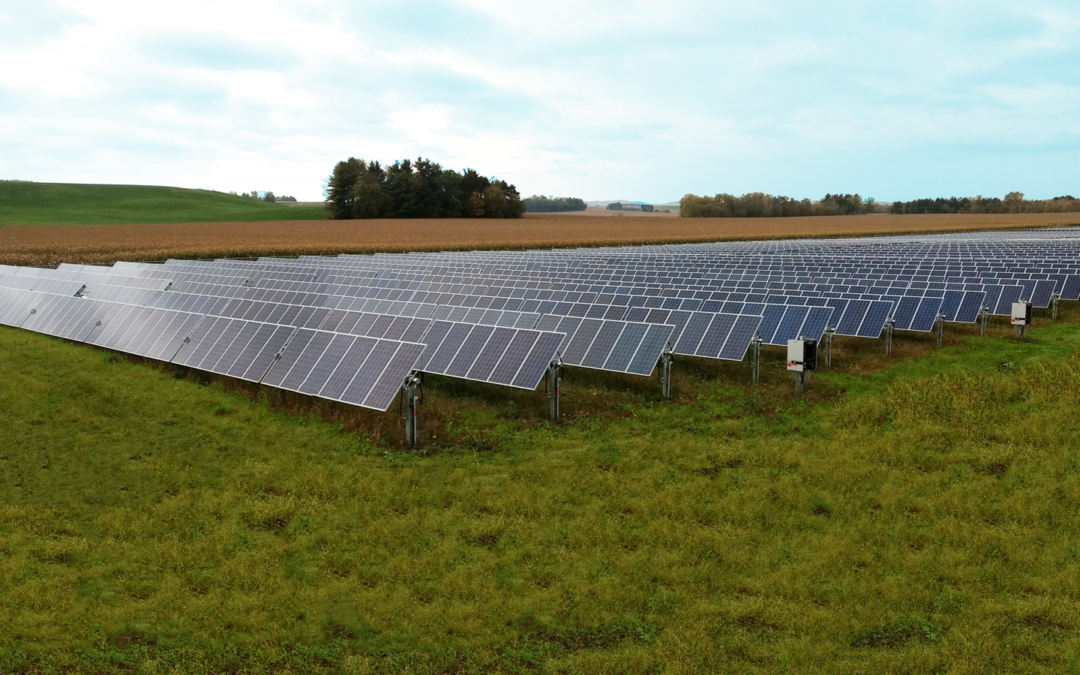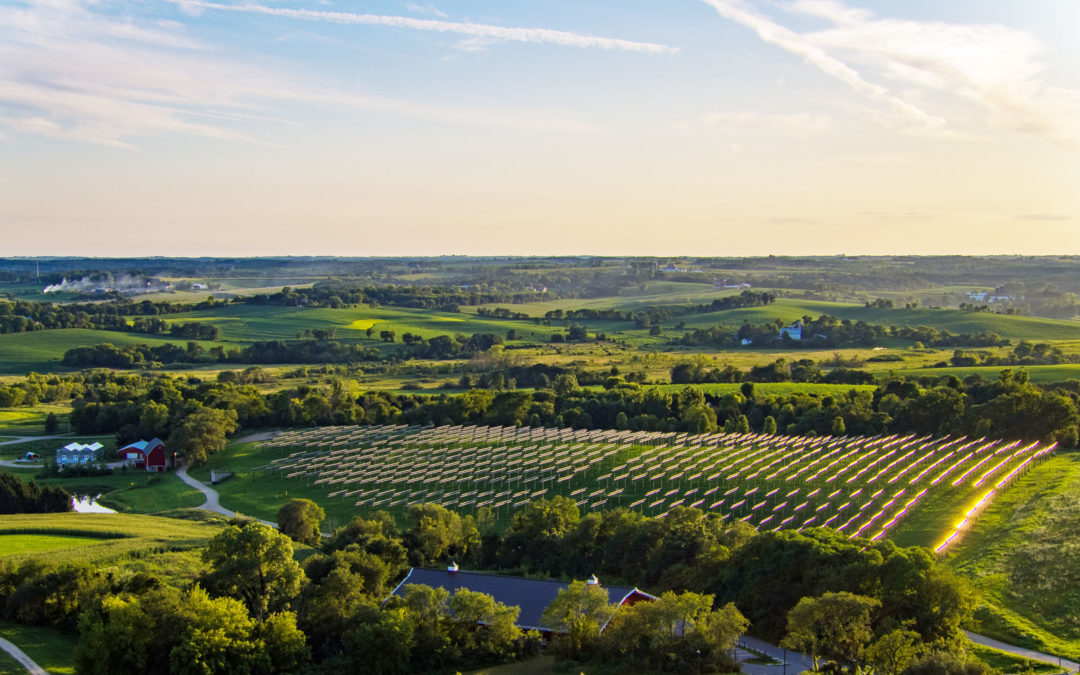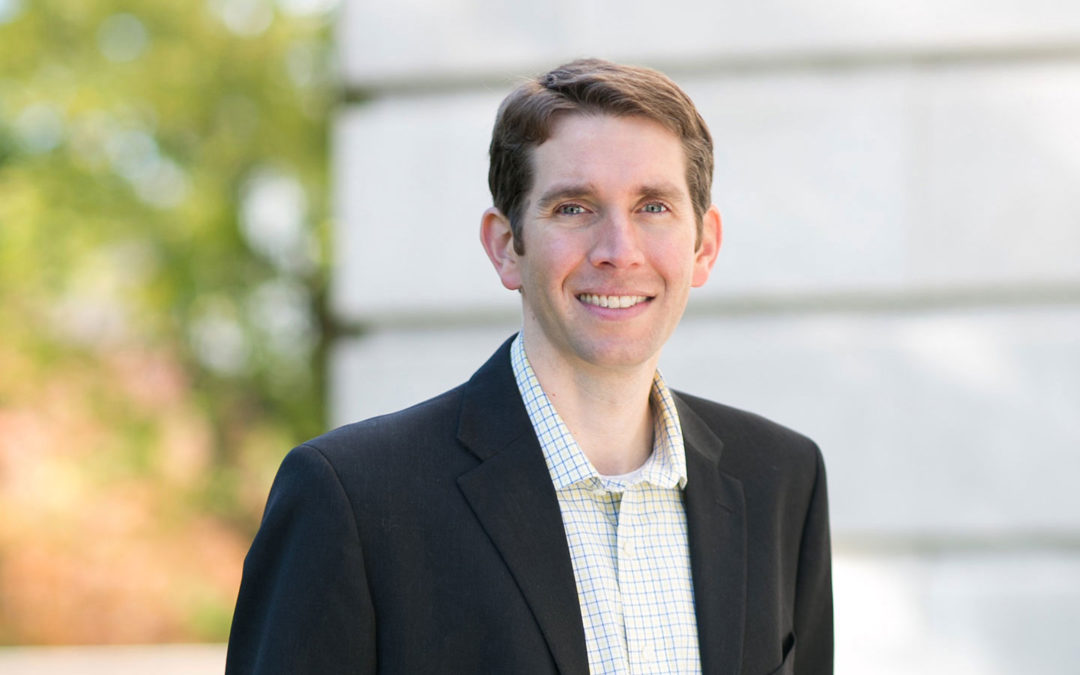PSC Approves Xcel Energy’s Electric Vehicle Programs
On Thursday, June 18th the Wisconsin Public Service Commission (PSC) unanimously approved Xcel Energy’s three pioneering electric vehicle (EV) programs. Xcel, whose western Wisconsin service territory includes Eau Claire, La Crosse and Ashland, proposed two residential programs in addition to a commercial pilot program, all intended to reduce the upfront cost of installing electric vehicle charging infrastructure. These programs will make it easier and more affordable for individuals and businesses to install electric vehicle chargers and commit to driving electric.
In 2014, Madison Gas & Electric’s Charge@Home electric vehicle pilot program was approved by the PSC. Charge@Home launched in 2016, and like Xcel’s programs, it aims to help with the obstacles of EV adoption. Xcel’s two residential programs mark the first time a full-fledged electric vehicle program has been approved in Wisconsin.
Residential Programs
Under both of the residential programs, Xcel will install and maintain ownership of a level 2 charger on the customer’s property, provided the customer owns an electric vehicle. Customers will have the option of paying more upfront coupled with a lower monthly fee through their “pre-pay” option, or taking a “bundled” approach and paying more per month while foregoing the upfront charge. While customers will end up paying back the cost of the system over time, Xcel’s ownership of the charger means the expense of upkeep and replacement (if necessary) will be paid for by Xcel.
Under one of the programs, the electric vehicle charger will meter the electricity used to charge the car, which will be billed on its own EV-only time-of-use rate.* This means that customers can take advantage of the cost savings of charging their EV using inexpensive electricity overnight without having to switch their whole house to a time-of-use rate or install a second meter.
The second residential program is for customers who have on-site solar generation or who already use a time-of-use rate. This program is patterned after the first, except that the electric vehicle charging will not be put on its own rate. The whole home, including the EV charging, will be billed at Xcel’s existing residential time-of-use rate.
Commercial Pilot Program
Xcel will also run a commercial electric vehicle pilot program. In this pilot, Xcel will be studying an alternative to current line extension* rules. The utility will help customers finance the cost of make-ready infrastructure* needed for EV charging stations, which includes all necessary electrical equipment to operate the stations. Customers will pay the utility back over time as they use more electricity to charge their cars. The commercial customer would also have the option of letting Xcel own the charging stations, not just the make-ready, in which case the customer would pay an additional monthly fixed fee. These options will help commercial customers bring down what can sometimes be a very high upfront cost to install make-ready and charging infrastructure.
It can be expensive to install the equipment needed to recharge electric vehicle batteries, especially in commercial settings. We commend Xcel for finding creative solutions to some of the upfront cost barriers to electric vehicle ownership and deployment. These programs give Wisconsin customers more options for affordable electric vehicle charging and we’re excited to see the PSC approve them.
DEFINITION OF TERMS
MAKE-READY INFRASTRUCTURE • All of the electrical equipment up to (but not including) the EV charger. This includes wiring, conduit, electrical panel upgrades, and any other equipment or upgrades that are needed to place a functioning EV charger in the location.
TIME-OF-USE RATE • A time of use rate means that the amount you pay for electricity changes depending on the hour of the day and the day of the week. Typically, that means you pay more during daytime hours on weekdays, when it’s more expensive for the utility to generate and deliver that power, and less at night and on weekends, when the cost of supplying electricity to customers is significantly lower.

